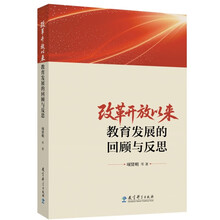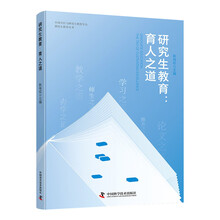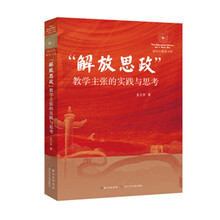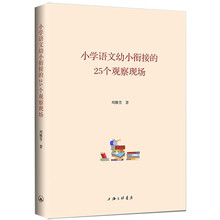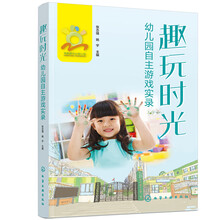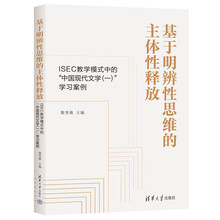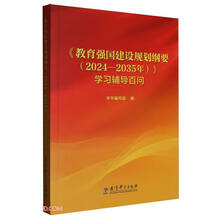Generally speaking, education is composed of general education, formal educationand non-formal education. General education refers to the study of subjects and issues,such as world events or the environment which are central to life in our culture.
Formal education refers to learning with credit. The learners will get diplomas ordegrees with satisfactory credits and scores described in the curriculum by the universityand pass thesis defense.
e.g. Degree Policy
There are three kinds of degrees: bachelor's degree, master's degree and doctor'sdegree.
Students who have satisfied the requirements described in the " Regulation onAcademic Degree of the People's Republic of China" will be awarded certificates ofbachelor's degree, master's degree and doctor's degree by the university. Degree categories are composed of Philosophy, Economics, Law(including Politics, Sociology and Ethnology), Education(Physical Education), Literature(including Linguistics, Journalism, Art Studies, Library Studies), History, Science, Engineering, Agriculture and Medicine.
Non-formal education means learning with no credit. The learners will not get diplomas or degrees. They will get certificates for the training program.
……
展开

